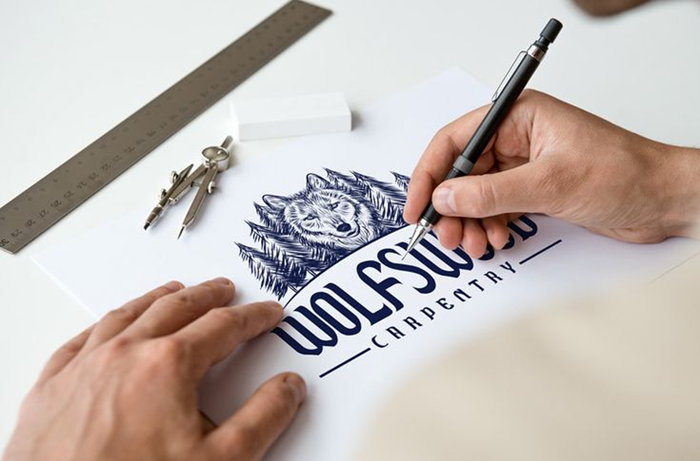Mobile app design is an essential aspect of creating successful apps, as it influences the user experience and overall perception of the product.
Modern users place high demands on the convenience and aesthetics of the interface, so developing a high-quality design requires a careful approach and knowledge of current trends.
Creating intuitive interfaces for mobile devices: key design principles
When developing mobile applications, it is important to create interfaces that are easy to understand and use the available screen effectively. The intuitive design helps the user quickly master the functionality of the application without having to study lengthy instructions or manuals.
The key to success is to take into account user behavior and expectations when interacting with mobile devices. Proper organization of the interface elements makes the use of the application comfortable and enjoyable, which helps to increase engagement and satisfaction.
Basic design principles for creating intuitive interfaces
-
- Simplicity – minimize interface elements, avoid congestion, and provide the user with only the necessary functions.
- Consistency – Use a consistent style, colors, and navigation elements to increase visibility and reduce errors.
- Meeting expectations – Create an interface that matches the habits and expectations of the target audience.
- Feedback – inform the user in a timely manner about the results of his actions through visual or audio signals.
Accessibility – take into account the needs of different user groups and provide accessibility support.
Optimization of controls for different screen sizes
When developing mobile applications, it is important to take into account the variety of devices and screen sizes. Controls such as buttons, sliders, and menus must be adapted for comfortable interaction on various devices.
Proper optimization involves the use of flexible and adaptive elements that maintain functionality and readability regardless of screen size.
Basic rules for configuring controls
Changing the size and proportions is one of the key aspects. The elements should scale proportionally to the size of the screen to ensure easy interaction and avoid tapping errors.
Using relative units of measurement, such as %, rem, or vw/vh, helps create an interface adapted to different display densities and resolutions.
- Interactive areas should be at least 48×48 pixels for comfortable interaction
- It is recommended to place buttons and links taking into account the areas of convenient capture
- Navigation elements should remain accessible and easy to read on all screen sizes
Responsive design of controls
The use of media queries and CSS classes helps to dynamically adjust elements to the device’s features. For example, on small devices, you can simplify the interface by reducing the size of elements or hiding unnecessary options.
To improve the user experience, it is recommended to implement smooth transitions and animations when resizing the interface, which ensures a softer interaction on all devices.
Using a color palette to enhance attractiveness and readability
When designing mobile applications, choosing the right color palette plays a key role in creating a pleasant and functional interface. Thanks to the harmoniously selected colors, you can attract the user’s attention, as well as ensure comfortable use of the application for a long time.
Colors should not only be aesthetically pleasing, but also provide good readability of texts and ease of navigation. To do this, it is recommended to use contrasting combinations that make it easy to distinguish the interface elements. It is also important to consider the psychology of color and its effect on the user’s mood and perception.
Rules for choosing a color palette
- Use a limited number of colors. Usually 3-5 basic shades are enough to avoid overloading the visual style.
- Provide sufficient contrast between the background and the text. For example, a light background with a dark font and vice versa.
- Consider the associations and emotional responses associated with specific colors to emphasize the main message or functionality.
- Check the compatibility of the selected colors on different displays and under different lighting conditions.
Minimalism in the graphic design of mobile applications is not just a trend, but an important tool for improving the quality of user experience. Following the rules of conciseness helps to avoid overloading the interface, speeds up the perception of information and makes interaction more comfortable. The focus on simplicity and functionality contributes to the creation of attractive and efficient mobile solutions that meet modern user requirements.









